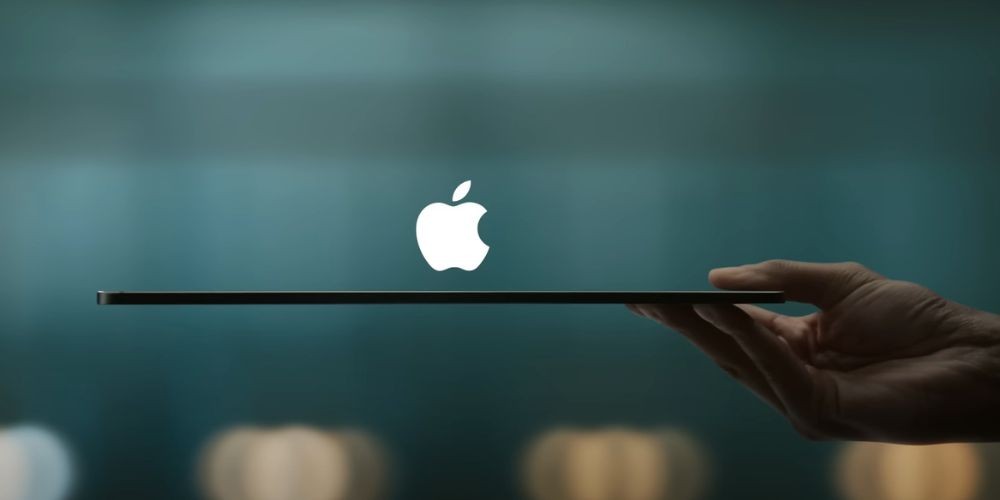Apple's "Crush" Ad Backlash: An Apology and a Lesson Learned
May-10-2024

In a rare misstep for a company known for its masterful marketing campaigns, Apple has extended an olive branch to its critics following a wave of backlash over its latest iPad advertisement. The ad, titled "Crush," sought to showcase the new iPad Pro's remarkable thinness but ended up sparking controversy instead. Attempting a visual metaphor, Apple depicted a variety of creative tools and media devices being compressed into a thin layer, a move that struck a discordant note with audiences worldwide.
The backlash was instant and widespread, culminating in a rapid response from Apple's top brass. Critics argued that the ad's visual narrative, instead of highlighting the iPad’s sleek design, appeared to diminish the value of the very artistic tools and expressions it aimed to champion. This interpretation led many to see the campaign not as a celebration of creativity but as a disregard for the artistic process and the tools of creative trades. Among the voices of dissent was former Greek finance minister Yanis Varoufakis, who eloquently framed the ad as emblematic of a broader cultural struggle against techno-feudalism, urging viewers to reconsider their support for the brand.
Recognizing the depth of the fallout, Apple was quick to issue an apology. The company stressed its commitment to empowering creatives and its intention to celebrate, rather than minimize, artistic expression through its products. The apology highlighted a disconnect between the ad's intended message and its reception, acknowledging that the creative risk had not paid off as hoped. As a result, plans to air the advertisement on television were scrapped, marking a rare retreat for a brand whose advertising efforts are typically celebrated for their innovation and effectiveness.
This case serves as a compelling reminder of the fine line between creative risk-taking and public perception. Apple's swift move to address the criticism and cancel the planned TV spot demonstrates an agile responsiveness to consumer sentiment, a quality that has underpinned the company's enduring appeal. Whether this will have a lasting impact on Apple's reputation among creatives and consumers remains to be seen, but the episode certainly underscores the importance of aligning marketing messages with audience values.
In conclusion, Apple's "Crush" ad controversy reveals the complexities of modern advertising in a world where brand narratives are co-authored by the public. While the intention behind the ad was to showcase the iPad Pro’s engineering marvel, the execution misfired, leading to a public relations challenge. Apple's acknowledgment and adjustment offer valuable lessons in humility and the power of listening to one's audience. As Apple moves forward, this episode will likely serve as a cautionary tale about the need for sensitivity and alignment in advertising narratives, especially for brands that occupy a central role in the cultural and creative lexicon.






